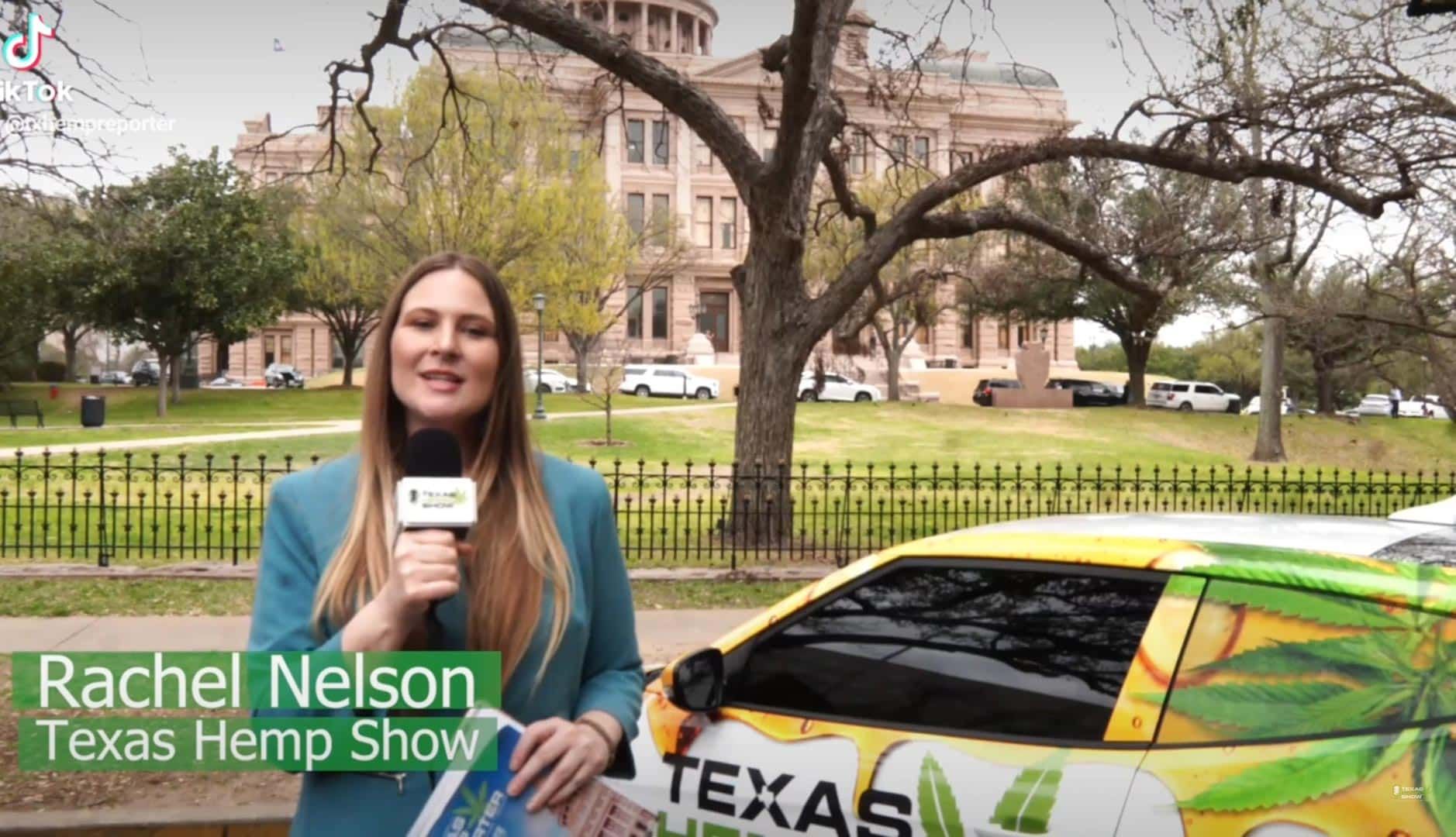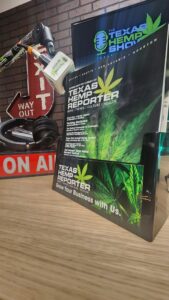Lt Dan. Making House Calls
In an effort to remain vigilant and true to his word Texas Lt. Governor Dan Patrick is now making house calls to area store owners in a measure of enforcement that goes right to the top!
Employees of south Austin store owner Todd Harris of the Happy Cactus were greeted with questions about products his stores sell and legal dosing and compliance concerns as any grandmother might before making a legal purchase of CBD cream, or maybe a Texas Veteran who was looking for a gummy for a better night’s sleep.
Only this “house-call” was made by none other than Mr. SB 3 himself, Texas Lieutenant Governor Dan Patrick.
Happy Cactus, like many industry retailers are following a set of best compliance practices which are part of a statewide effort led by organizations such as (CRAFT) Cannabis Retailers Alliance for Texas.
According to Harris, Dan Patrick came in and asked about gummies and how many milligrams he had on certain legal-hemp products. Staff members provided info on one such item that was 50mg to the Lt. Governor as more questions ensued. Harris explained that products over 50mg are not available at his stores.
The Texas lawmaker also entered a line of questioning to Harris that alleged that students from nearby Crockett High School had come into the Happy Cactus when Happy Cactus staff insured Patrick that they not only card everyone that attends its establishment, but under his attorney’s advice they have sent the school a trespass warning so students know not to visit. That notice was delivered over six months ago.
“Lieutenant governor Patrick came into our Client store and found out that we do things the right way. He was even carded. He learned that we had sent a no trespass letter to Crockett high school because we don’t want their students in our store and he also learned that their students no longer attempt to come into our store and that we do things right like most of the rest of our industry. ” – Stated David Sergi the attorney of record for the south Austin retailer.

Security Video of Happy Cactus shows Patrick and his staffers coming into the south Austin store for an official visit. Unresponsive to Happy Cactus employees request for ID the Lt. Governor of Texas went on to explain that he was “Dan Patrick”. The Employee still demanded the identification. Afterwards, Todd Harris was notified by staff of the cordial visit by the top Texas lawmaker.
Harris and Sergi both emphasized that “we are grateful that Lieutenant governor Patrick decided to investigate stores on his own and very pleased that he chose Happy Cactus because they are one of the best examples of how to do how to run a store properly. It’s obvious that they carry quality products for people in need and take extreme precautions to ensure their products dont fall into the wrong hands. They even carded lieutenant governor Patrick without knowing who he was.” stated David Sergi of Sergi & Associates.
Details of the Call can be heard here, and the security tape recorded the visit.
The Happy Cactus is located at 5700 Menchaca Rd Ste # 520 and is owned by brothers Mickey & Todd Harris from Austin TX.










